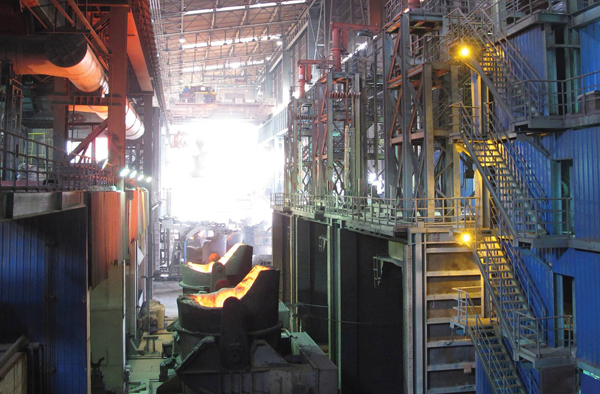
In the intricate world of steelmaking, the quest for higher quality steel has driven metallurgists to explore innovative methods for reducing impurities. Sulfur, a common impurity in steel, can significantly impact its mechanical properties and overall performance. Calcium desulfurization has emerged as a powerful technique for efficiently reducing sulfur content in steel. This article delves into the significance of calcium in desulfurization, the mechanisms behind its action, methods to enhance efficiency, and its broader implications in steel production.
Sulfur is detrimental to steel's mechanical properties, causing brittleness, reduced toughness, and decreased ductility. Therefore, effective desulfurization is essential to enhance the steel's performance in critical applications. Calcium, when introduced to the molten steel, plays a pivotal role in reducing sulfur content and improving the steel's overall quality.
Mechanisms of Calcium Desulfurization:
Calcium desulfurization operates through a complex interplay of chemical reactions. Calcium has a strong affinity for sulfur, forming calcium sulfide (CaS) when introduced to the molten steel. This CaS compound is less soluble in steel than in the surrounding slag, causing it to preferentially partition into the slag phase. The efficient removal of sulfur through the formation of CaS inclusions leads to a significant reduction in the sulfur content of the steel.
Temperature plays a crucial role in calcium desulfurization efficiency. Lowering the temperature during the desulfurization process can improve the partitioning of sulfur into the slag phase. The reduced solubility of CaS in steel at lower temperatures enhances its precipitation, resulting in a more effective removal of sulfur. Thus, precise temperature control during the process is essential to maximize desulfurization efficiency.
The efficiency of calcium desulfurization is also influenced by the amount and timing of calcium addition. The proper dosage of calcium is critical to achieving the desired reduction in sulfur content. Excessive calcium addition can lead to over-deoxidation and the formation of undesirable inclusions. Metallurgists must carefully determine the appropriate calcium addition strategy based on steel composition, process conditions, and desired sulfur levels.
Considerations for Alloy Composition:
The effectiveness of calcium desulfurization can vary based on the steel's initial composition. The presence of certain alloying elements, such as manganese and aluminum, can influence the reaction kinetics and the interaction between calcium and sulfur. Metallurgists must consider the specific alloy composition to optimize calcium desulfurization efficiency.

Efficient calcium desulfurization offers not only metallurgical advantages but also environmental and economic benefits. Reduced sulfur content results in lower emissions of sulfur dioxide (SO2) during steelmaking, contributing to improved air quality and a smaller environmental footprint. Moreover, the production of higher quality steel can lead to cost savings in downstream processes and improved market competitiveness.
Broad Applications in Steel Production:
The implications of calcium desulfurization extend across various steel industries. From structural to automotive applications, industries demand steel with superior mechanical properties and reduced impurities. Calcium desulfurization helps meet these stringent requirements, enabling the production of high-performance materials for critical components.
The role of calcium in steelmaking extends beyond its basic deoxidation capabilities. Its potential to efficiently reduce sulfur content through desulfurization has a profound impact on steel quality, performance, and environmental sustainability. By understanding the underlying mechanisms and optimizing process parameters, metallurgists can harness the power of calcium desulfurization to craft steel with enhanced mechanical properties, reduced impurities, and a broader positive impact on industries and society as a whole.

Write a Message